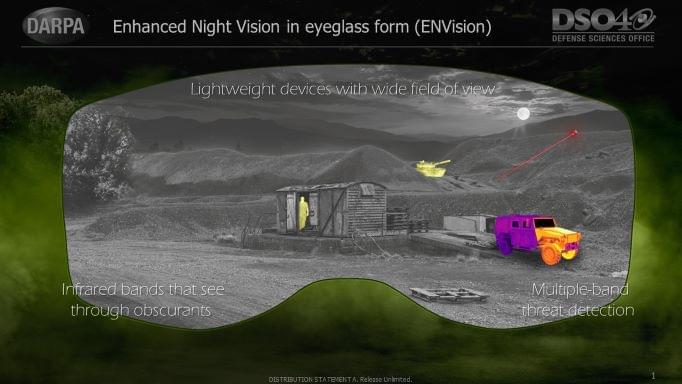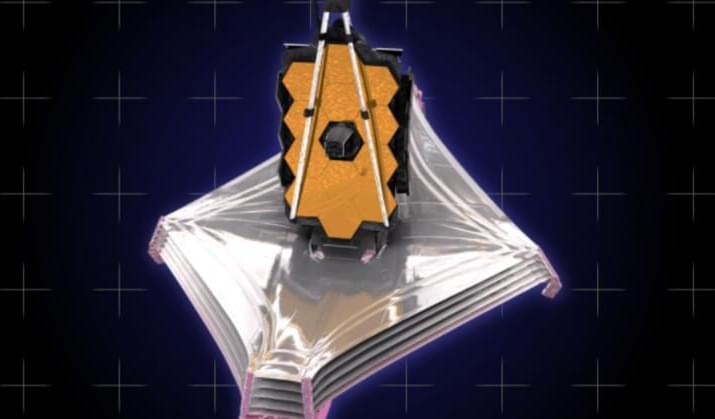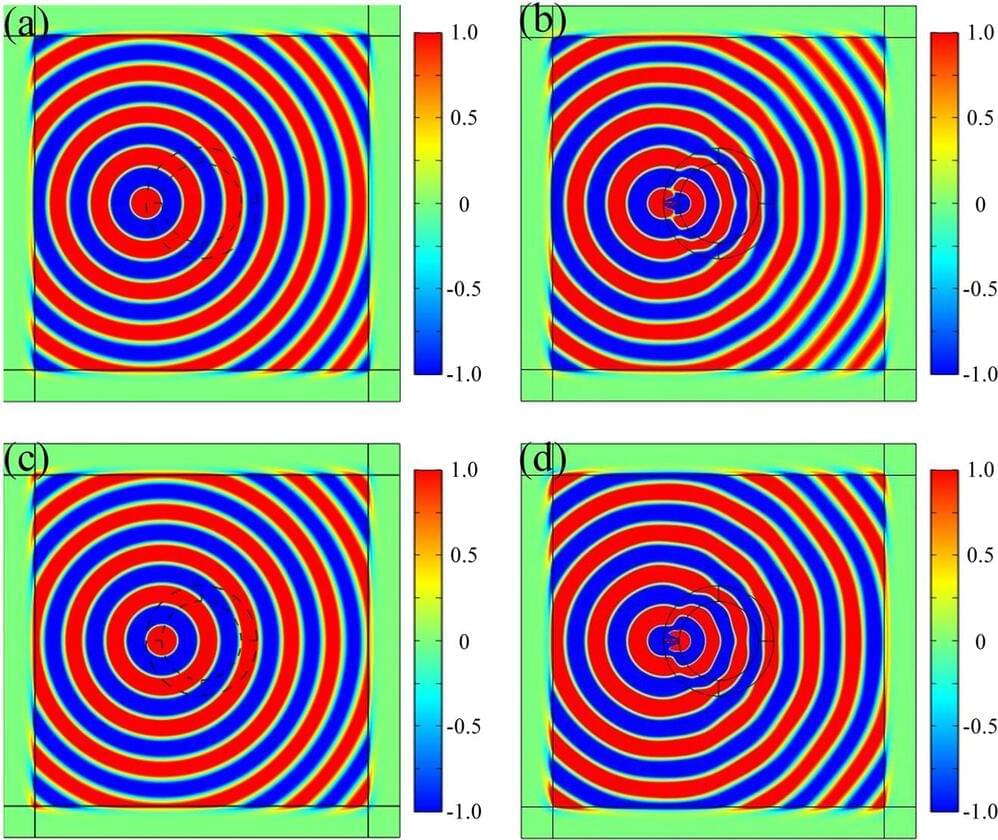Jan 12, 2022
DARPA’s Defense Sciences Office has selected 10 industry and university teams for the Enhanced Night Vision in Eyeglass Form (ENVision) program
Posted by Dan Kummer in categories: futurism, materials
Current night vision (NV) devices are bulky and heavy, resulting in a significant torque on the wearer’s neck. This torque greatly limits the wearer’s agility and often leads to chronic injury over prolonged use. Additionally, existing NV devices only provide a narrow field of view (FOV) and are limited to the near-infrared (IR) spectral bands, greatly limiting situational awareness in varied night conditions. ENVision seeks to leverage recent advances in planar optics and transduction materials to develop NV systems that don’t require bulky image intensifiers, provide wider FOV, offer enhanced visual access across IR bands, and are lightweight to reduce neck strain.
Five teams were chosen to develop multi-band, wide FOV planar optics and planar image intensifiers that impose near-zero neck torque on the wearer. Another five teams were selected to explore new methods to amplify photonic up-conversion processes from any IR band to visible light to enable future “intensifier-free” night vision systems.
For listing of the teams selected visit: https://www.darpa.mil/news-events/2022-01-12a

















